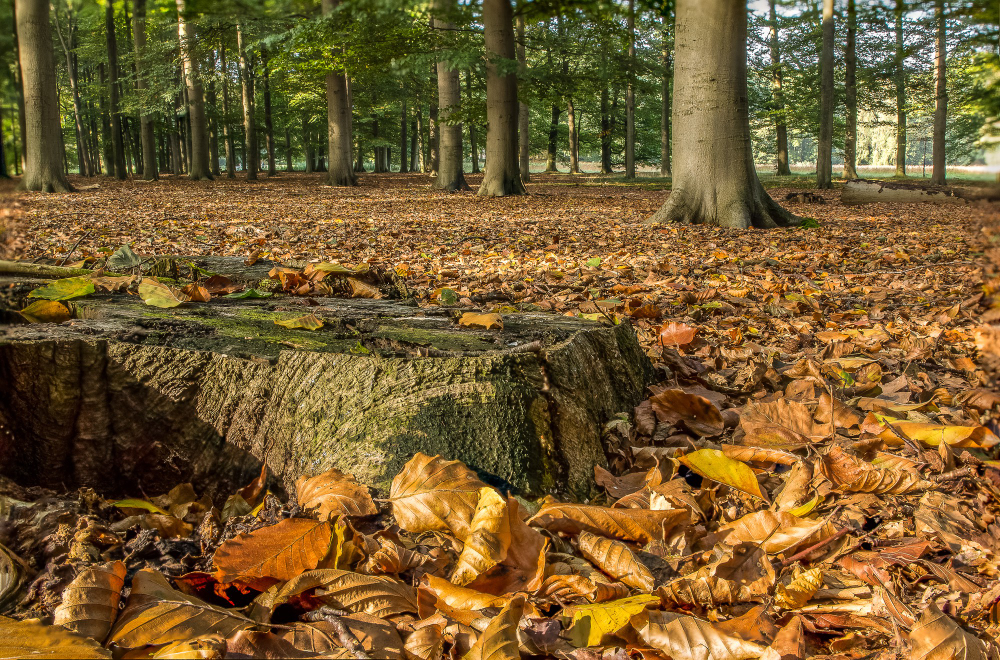Powerhouse Nation: Why Wales could become a Leader in Coalternative Energy

Historically known for its coal production, Wales is undergoing a remarkable energy transformation. As global demands shift towards sustainable sources, Wales is positioning itself as a leader in what can be aptly termed “coalternative energy”. This term encompasses not just the transition from a coal to other forms of energy but embodies the spirit of innovation that’s driving Wales into the future. Here’s why Wales is rapidly becoming a beacon of green energy.
- From Coal Mines to Wind Turbines
The valleys and coasts of Wales, once lined with coal mines, are now dotted with wind turbines. With its favourable geography, Wales has successfully tapped into onshore and offshore wind energy. Wind farms like Gwynt y Môr, one of the largest in Europe, epitomize the shift from fossil fuels to renewables, providing both energy and jobs for the local community.
- Harnessing the Power of the Sea
With its expansive coastline, Wales is at the forefront of tidal and wave energy research. Ambitious projects like the Swansea Bay Tidal Lagoon and the Severn barrage, while not yet underway, promise to utilize the predictable power of the tides to produce reliable, clean energy. These marine energy projects, if they go ahead, will not only reduce carbon emissions but also promote local industries and tourism.
- Investments in Research and Development
Welsh universities and research centres are playing pivotal roles in driving forward sustainable energy solutions. Institutions such as Cardiff University are pioneering studies in bioenergy and hydrogen fuel cells. This academic commitment ensures a steady stream of innovation and prepares the next generation of energy leaders.
- Governmental Support and Initiatives
The Welsh government has been instrumental in this green revolution. With policies favouring renewable energy installations, tax incentives for green businesses, and ambitious targets for carbon neutrality, there’s a clear roadmap for a sustainable future.
- Community Engagement and Ownership
Communities in Wales have been active participants in the energy transition. Local energy co-operatives, such as Awel Aman Tawe, are empowering residents to invest in and benefit from renewable projects. This inclusive approach ensures that the transition is not just sustainable but also equitable.
- Diversification of Energy Sources
While wind and tidal power garner much attention, Wales hasn’t put all its eggs in one basket. Solar farms, geothermal energy projects, and biomass facilities are all part of the diverse energy portfolio that Wales is building.
- Embracing the Global Stage
Wales is not just looking inwards. By hosting international energy conferences and forging partnerships with other countries, Wales is sharing its expertise and learning from global best practices.
- Economic Revitalization Through Green Jobs
The decline of coal had left economic voids in many Welsh communities. However, the surge in renewable energy projects has created a plethora of green jobs, from turbine technicians to research scientists. This new employment landscape is revitalizing areas once marred by unemployment, and old mining sites are slowly being replaced with beautiful lakes, parks, cycle paths and visitor attractions.
- Exploring New Energy Sources
To date Wales is still seeking to harness the full potential power of wind and solar technology, but the region is abundant in other sources which have yet to be explored.
Wales’ ambitious tidal projects may not yet have been realised, but with the right backing and financial investment these ambitious ‘firsts’ could be revisited, with advanced plans and research just waiting to be picked up by the right developer.
Similarly, the verdant landscapes and abundant forestry which form part of the classic Welsh scenery means Wales is in a prime position to harness the potential of black pellets, an emerging form of bioenergy.
Black pellets are not only an efficient energy source but also easier and more cost-effective to transport and store compared to traditional wood pellets.
Derived from dead and decaying forest matter, black pellets traditionally undergo a torrefaction process where the biomass is roasted in the absence of oxygen, transforming it into a coal-like material with higher energy density and water resistance – however a leading UK company, Coalternative Energy, is leading the way in production of black pellets using new groundbreaking steam explosion technology.
While not yet using Welsh forests as a resource, it’s a fantastic project that’s attracting significant ESG investment and as the use of the technology becomes more widespread, the forest of Wales could be worth exploring.
In case you are wondering why it’s such a good idea, using forest floor residues to make black pellets is better for the forest, reducing the risk of forest fires and also producing a sustainable energy source that could replace or supplement coal in power plants thereby reducing greenhouse gas emissions. Wales would be crazy to not explore investment in this innovative green energy solution.
Conclusion
The story of Wales’ energy transition is one of resilience, innovation, and foresight. From coal mines to wind farms, from tidal lagoons to research labs, Wales is crafting an energy narrative that’s not just about replacing coal but about building a sustainable, inclusive, and prosperous future. In doing so, Wales is not only securing its energy future but also inspiring other regions around the world to embark on their own “coalternative” journey.





